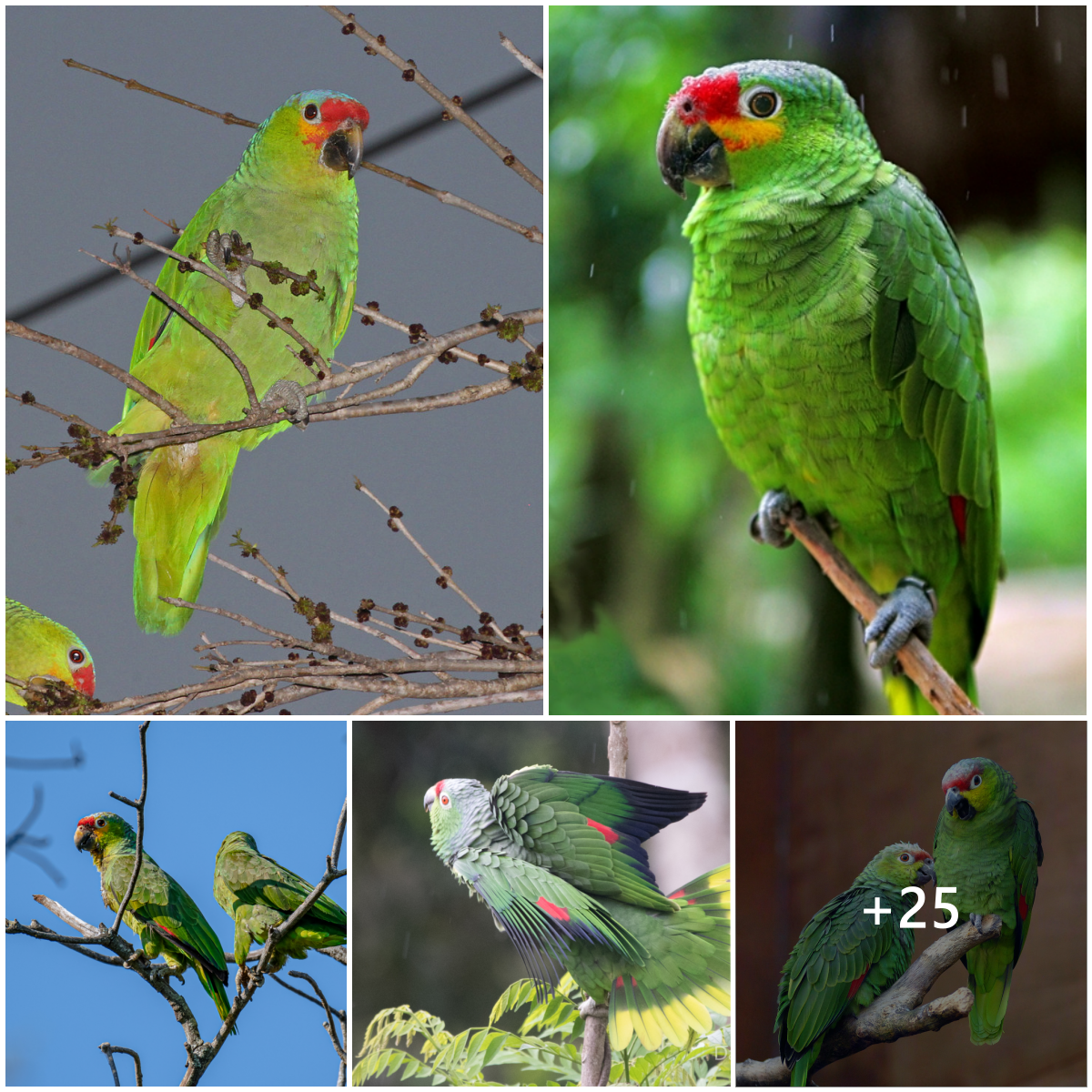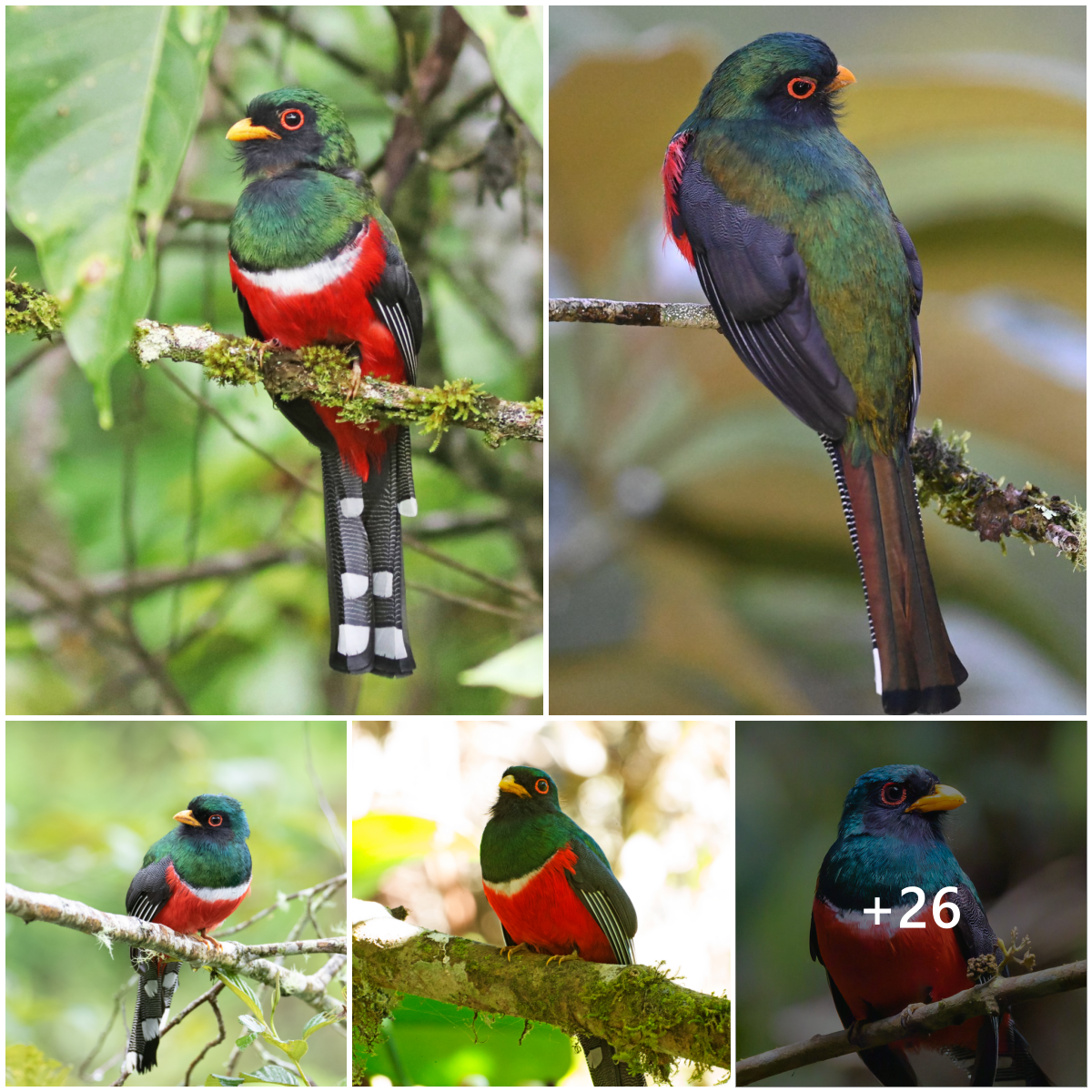8. Swan

Despite its beautiful and elegant appearance, this bird is not at all comfortable with things that it feels are threats, including humans. However, they usually only attack for the purpose of self-defense or protecting their children. With large wings, they can fly very quickly to their target and “take a beating” with powerful pecks, and in many cases they will even try to drown the thing that is threatening them. The injuries caused by swans are often terrible.
7. Bear Cat

Raccoons are very flexible animals and can adapt easily to any living environment, even in crowded urban areas. You must be extremely careful with this animal because their bites will most likely carry dangerous diseases, although it is very rare for Raccoons to attack humans. Besides, Raccoons are very curious and often search everywhere for food, which often leads to property in the house being damaged when a Raccoon breaks in.
6. Poison dart frog

The colorful colors of this frog are a warning message to those who want to touch them. Frog species in this genus often have varying amounts of toxins, the most toxic species being the golden dart frog. Its toxins are toxic enough to kill several adults. Because of such terrifying effects, indigenous peoples in Panama and Colombia often use poison taken from the skin of dart frogs to apply to the arrows or spears they use when hunting. It is known that the only enemy of this frog is the water snake Leimadophis Epinephelus, whose body can resist the extremely strong toxicity of the dart frog.
5. Ostrich

Perhaps no other bird in the world is as dangerous as the Ostrich in Australia. With long and strong legs, they can kick any animal, including humans, away. Not to mention this bird’s sharp claws can tear any predator into pieces.
The highest speed that a Ostrich can reach is 49 km/h, so once you are chased by this animal, don’t expect to escape. So the best way is to stay away from them. At the same time, although they cannot fly (they can still jump about 1 meter high), the Ostrich species above are excellent swimmers and have super sensitive hearing.
4. Polar bear

Polar bears adapt extremely well to cold environments thanks to their white fur and extremely thick amount of fat. With their super strong legs, they can swim more than 100km in the icy waters of the Arctic. Polar bears’ favorite food is seals. Polar bear attacks on humans are not uncommon, they will pursue you to the end if they feel you are a threat and one thing to remember is that the slaps of this fierce bear are not pleasant at all. at all.
3. Chimpanzees

Although chimpanzees are very intelligent and related to humans, that does not mean they are ideal animals to keep in the house. Did you know that an adult chimpanzee has 5 times the strength of a normal human? Even though they live in captivity, that is still not enough to prevent the level of destruction of the above animals. Not to mention their bites can carry dangerous diseases. In short, when approaching a Chimpanzee you should be extremely cautious because their personalities are very unpredictable.
2. Wind monkey/Dwarf slow loris

Wind monkeys or tickles, sloths, lorises. The English name is Slow Loris. Wind monkeys are one of the rarest and cutest primates in the world. There are five known species found in Southeast Asia. It is a nocturnal primate and moves very slowly. Although no one can deny the irresistible “cuteness” of this species, lorises are actually poisonous, and unfortunately their toxicity is among the most dangerous in the world. They have poison glands on both sides of their elbows. When monkeys are threatened, the glands secrete a toxic and foul-smelling fluid. The primate then licks some of the toxin from the gland and mixes it with its saliva. It will bite one of those who disturb it. The monkey’s poison causes allergic reactions and even strong shock.
1. Blue-ringed octopus

True to their name, this octopus has beautiful blue spots scattered across their skin. They have salivary glands located at the back of their heads. It releases strong venom when threatened or kills prey. Usually the bite from a blue-ringed octopus is not too painful. But its venom can cause nausea, heart failure, paralysis or even death. In fact, their venom is strong enough to kill an adult within minutes. Also, remember that there is no antidote for blue-ringed octopus venom.
Although poisonous, blue-ringed octopuses are not aggressive. They often hide under coral layers most of the time in their habitat. When threatened, octopuses flash blue spots as a warning. If disturbed again, they will bite and inject strong venom into the opponent’s body.





